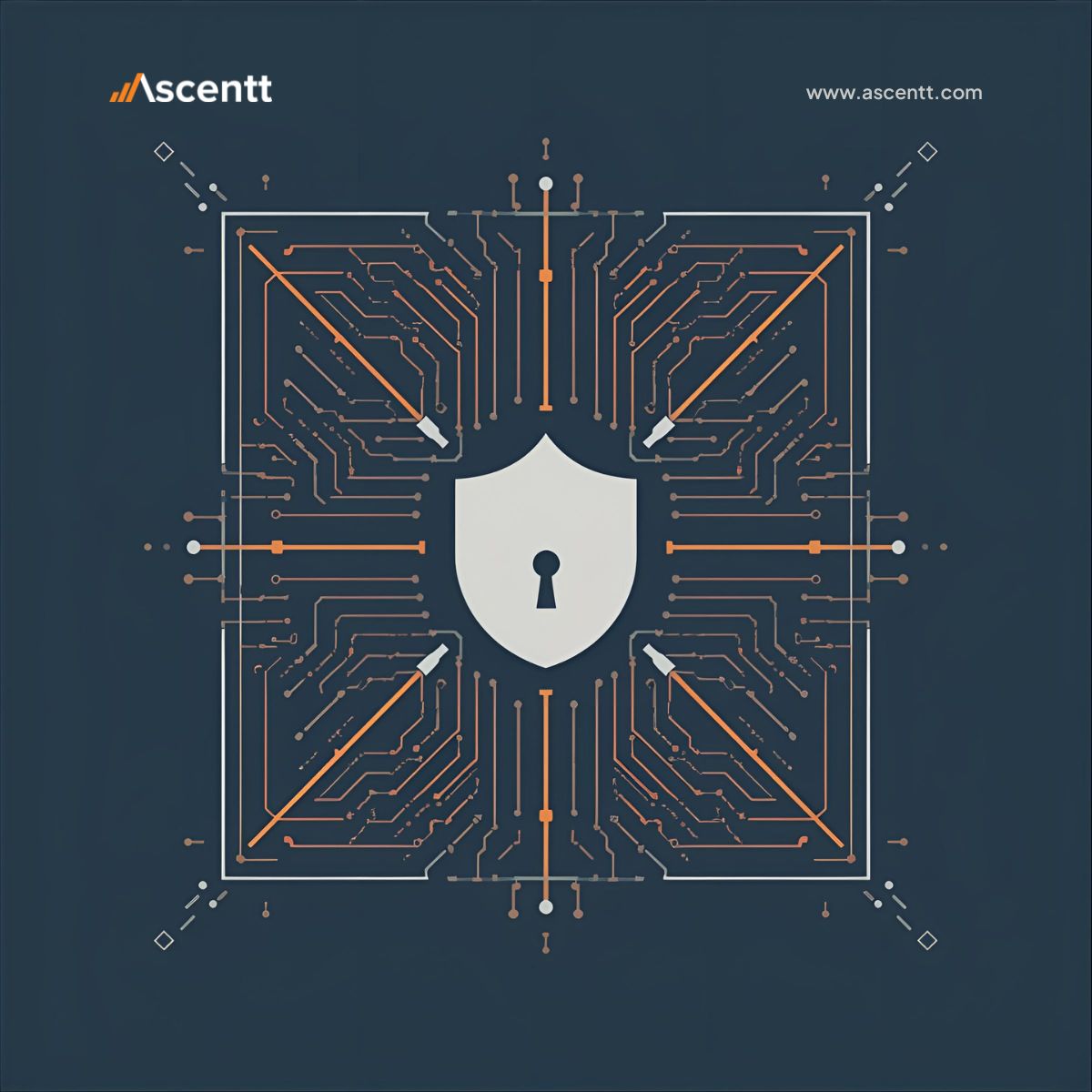Your perception stack flags a pedestrian at dusk. The vehicle slows in time. Weeks later a regulator asks why the system decided that way and whether you can prove the decision path is safe, repeatable, and monitored. That is the new reality of regulating AI in cars. Compliance now spans functional safety, software update control, cybersecurity, explainability, and model governance. For engineering leaders in automotive and mobility, the task is not only to build accurate models but to show how those models behave, how they are tested, and how they are controlled in the field. The winners will design explainable systems, maintain complete audit trails, and prove conformance on demand.
The Missing Safety Layer: Why Explainable AI Matters in Automotive Decision Systems
Functional safety frameworks focus on preventing malfunctions. They do not reveal why a deep vision model classified a child as a plastic bag or a shadow as a cyclist. That gap is the missing safety layer. Complex perception and planning models need explanations that engineers, safety managers, and auditors can inspect.
Explainability creates three practical benefits.
- Testable claims. Explanations convert opaque behavior into verifiable checks. Teams can confirm that attention is focused on lane markings rather than on roadside clutter. Builds can fail when explanation patterns drift.
- Sharper hazard analysis. When a model produces an unsafe intervention, explanations help trace the issue to scenarios, features, and data regions. Teams can add targeted samples, adjust thresholds, or apply rules to reduce risk.
- Evidence for trust. Regulators and customers want to know what the model predicted and why it made that decision. Clear rationales improve investigations, shorten audits, and speed corrective action.
Treat explanations as quality artifacts, it’s not nice to have overlays. Use multiple methods since a single saliency map can be unstable. Add sanity checks that prove explanations change when inputs or model parameters change. Track explanation metrics across datasets and operating domains. When explanations fail or become noisy, treat that as a release blocker. XAI does not replace functional safety. It strengthens it by making model behavior observable, testable, and auditable across the lifecycle.
AI Model Auditing and Validation Workflows: From Training to Edge Deployment

An audit ready workflow starts with data.
Data and labels
Curate datasets with lineage and versioning. Record who collected which samples, why they were selected, and how labels were verified. Track sensor conditions, geography, weather, and edge cases. Bias and performance analyses by scenario and population. Document risks, mitigations, and acceptance thresholds.
Training and evaluation
Fix seeds and environments such as capture code, hyperparameters, and training data snapshots. Evaluate by scenario, not only by global averages. Add out-of-distribution detection and explanation quality as first-class metrics. Store results as model cards and test reports.
Validation in layers
Use simulation, replay, hardware in the loop, and shadow mode. New models should process live data without controlling the vehicle until confidence is earned. Sign-off gates are required to be tied to safety goals, SOTIF claims, and known hazards.
Edge operations
Compliance depends on traceability and secure control at deployment. Maintain immutable logs for model versions, thresholds, configuration changes, and over-the-air events. Link every change to a risk record and an approval trail. When an incident occurs, you can answer what changed, when, and why.
Aligning with ISO 26262 and New AI Safety Frameworks

ISO 26262 and SOTIF. Start with the anchors you must satisfy. ISO 26262 defines a safety lifecycle for electrical and electronic systems in road vehicles. It requires hazard analysis, safety goals, and verification tied to Automotive Safety Integrity Levels. SOTIF focuses on hazards from performance limits and foreseeable misuse, common in perception and planning. Together, they define what must be safe and how to prove it.
AI governance frameworks. Layer in risk management for AI. Use an organization-wide approach covering governance, mapping context and risks, measuring performance and harms, and managing mitigations over time. Integrate guidance that addresses data quality, bias, robustness, transparency, and documentation. Align your internal processes so that safety goals, risk controls, and technical evidence remain traceable from data through deployment.
What this means for computer vision programs. Treat perception models as safety elements with functional safety and AI risk controls. Use explainability and scenario coverage as verification evidence for SOTIF claims. Tie those artifacts to your risk registers and release checklists. Ensure technical documentation shows intended use, known limitations, data governance, and monitoring plans. The objective is simple. A reviewer should be able to follow the chain from a safety goal to a model version, to the data used for training and testing, to the exact results that justify approval.
Enterprise Grade Governance Built into the Pipeline: Building Trust at Scale
Governance must live inside the MLOps pipeline, not beside it.
Policy as code
Encode rules for training data eligibility, labeling quality, model risk thresholds, protected attributes, and retention. Every build should enforce these rules automatically. Store the evaluation outcomes with the model.
Hardened release path
Use a signed model registry. Tie each model to exact data versions, tests, explanation metrics, and an approval trail. Treat explanation robustness and out of distribution detection as quality gates. Bundle the model card and validation report with the artifact so auditors can see what was tested and why it passed.
Operational control
Maintain audit ready telemetry. Capture performance by scenario, near miss signatures, trigger rates for safety fallbacks, and drift indicators for data and explanations. Use secure update workflows with clear rollback plans. Keep configuration as code so field changes are deliberate and reversible.
Beyond perception
Language models now assist technicians, service advisors, and support teams. Govern them with the same rigor. Add retrieval policies, prompt safety checks, red team reports, and content filters. Track answer accuracy, refusal rates, and escalation outcomes. The goal is one governance pattern that scales across modalities, from vision to language.
Conclusion
Regulating AI in cars requires a single engineering workflow that unites safety, ethics, and compliance. Datasets carry lineage and bias checks. Explanations become testable requirements. Releases are signed with evidence. Field operations produce immutable logs that align with safety goals and risk controls. Ascentt builds this discipline into the pipeline. Our teams combine functional safety practice with modern MLOps so model behavior is explainable, validation is repeatable, and compliance is continuous. Make your models explainable, auditable, and deployment ready. Schedule a 30-minute pipeline review with Ascentt’s automotive safety team.
FAQs
1. We already follow ISO 26262. Why do we need explainable AI as well?
ISO 26262 and SOTIF address malfunctions and performance limits. They do not show why a model chose one action over another. Explainable AI turns model behavior into evidence that engineers and auditors can test. It links decisions to safety goals and shortens investigations when incidents occur.
2. What should be inside an audit pack for our AI models?
Keep dataset lineage, labeling checks, and the reason each data slice was included. Preserve training code, hyperparameters, fixed seeds, and the exact data versions. Add a model card with scenario results, explanation robustness checks, and thresholds for out of distribution detection with fallback logic. Include a signed release record that ties approvals to safety goals and known limitations, plus edge logs showing version history, configuration changes, and over the air updates.
3. How do we keep compliance continuous after deployment?
Treat it as an operating loop. Define clear objectives for perception and planning, then monitor accuracy by scenario, near misses, drift, and explanation stability. Revalidate on a schedule and whenever triggers fire, such as a sensor change or a spike in false positives. Use a signed update path with rollback, and run incident reviews with data, model, and safety owners so fixes update both the model and the process.



